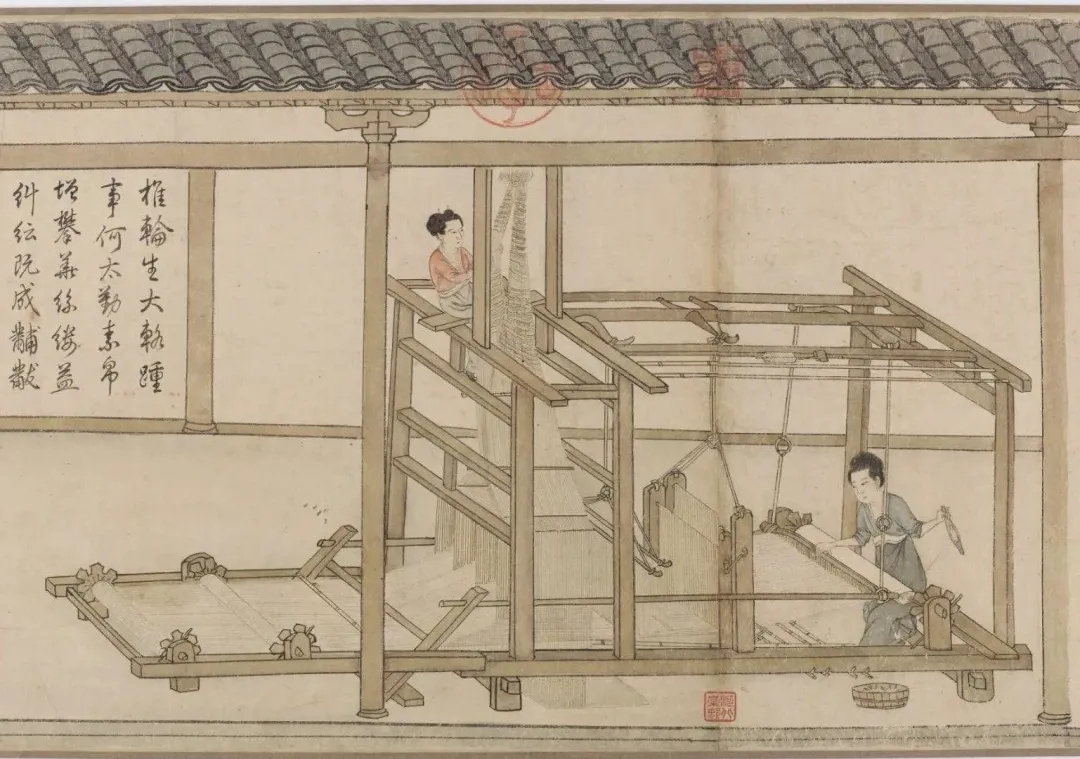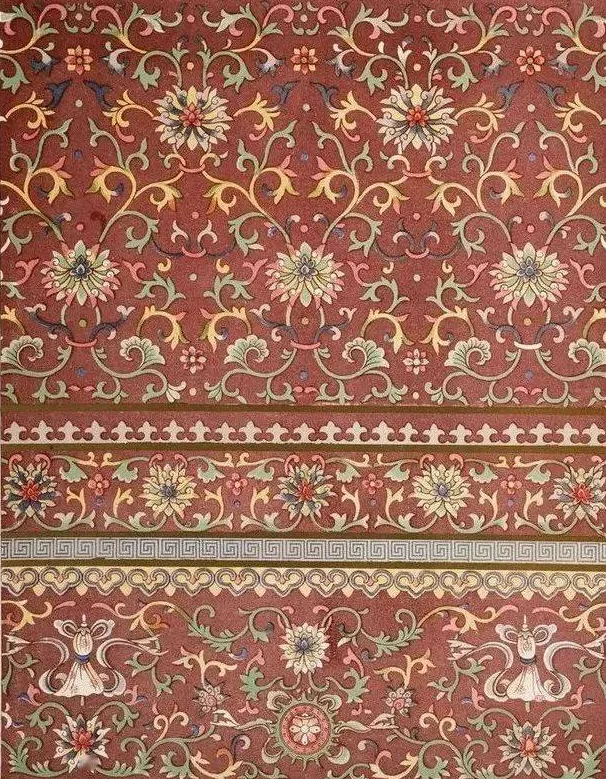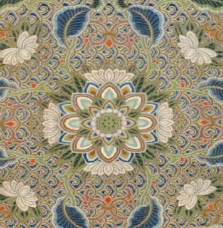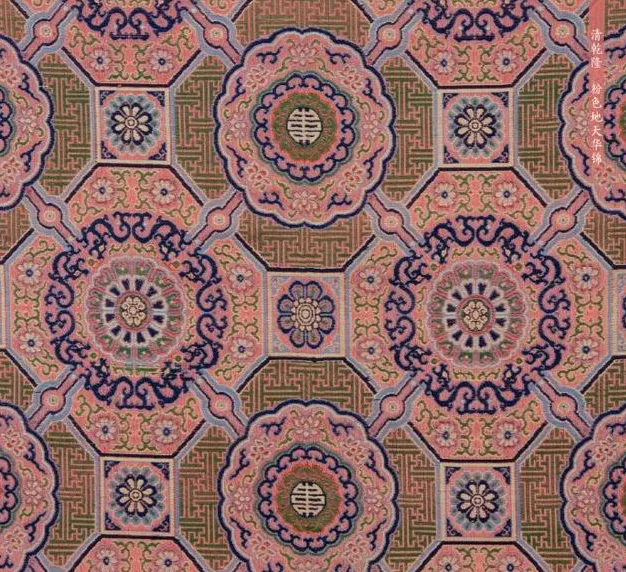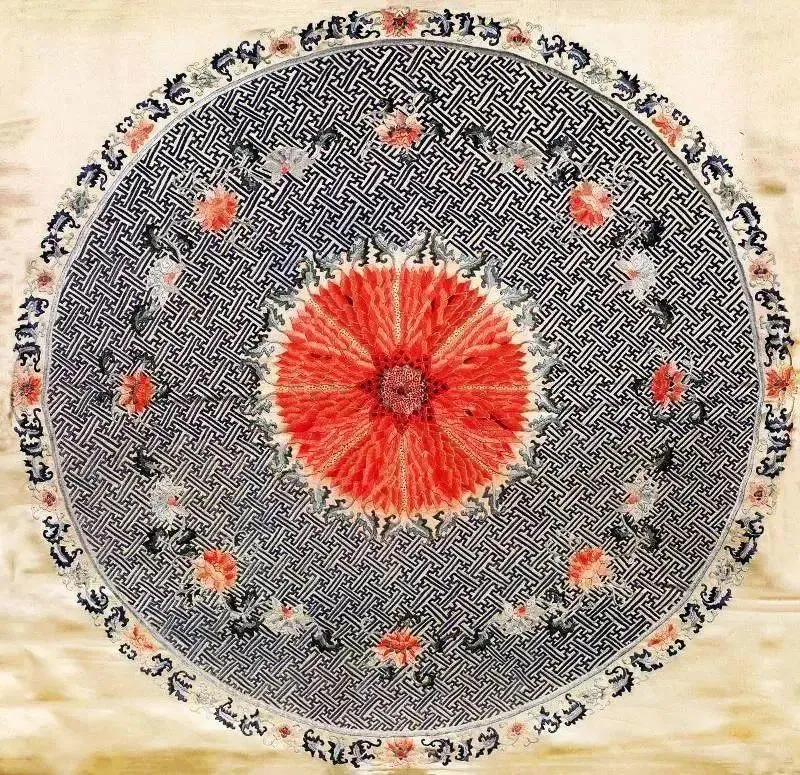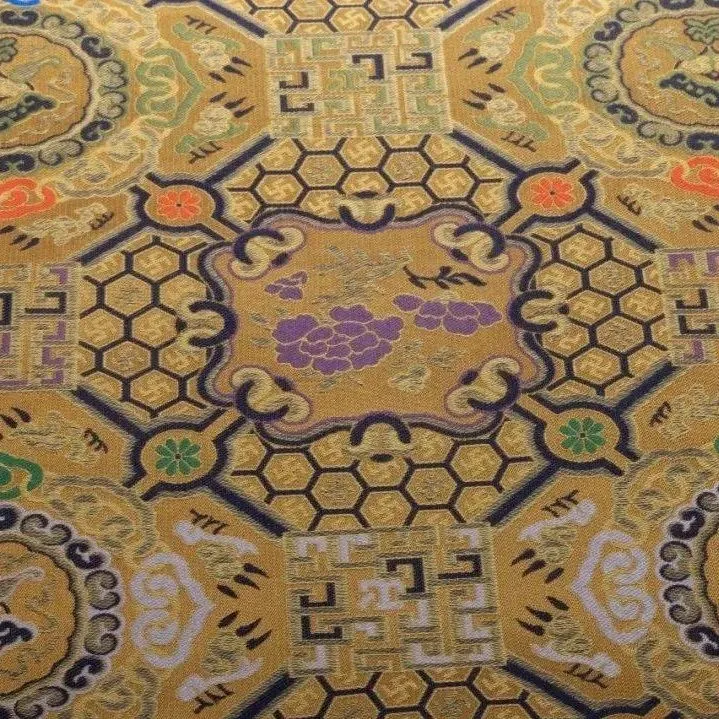Song Brocade. As one of China's traditional silk handicrafts, Song Brocade traces its origins to the Spring and Autumn period, took shape during the Song Dynasty, and flourished in the Ming and Qing Dynasties. Alongside Nanjing Yun Brocade, Sichuan Shu Brocade, and Guangxi Zhuang Brocade, it is revered as one of China's Four Great Brocades.
Historical records from the 'Song Shi Yu Fu Zhi' note that after the Southern Song court relocated south, the urgent demand for high - quality brocade for calligraphy, painting mounting, and clothing production made Suzhou the primary production hub. Hence, later generations invariably associate brocade with Song. The documentary 'The Splendid Tale' highlights how Suzhou's unique geographical advantages and abundant resources provided superior raw materials, earning Song Brocade the moniker 'Suzhou Song Brocade.' The local folk song 'Wu Ge' captures the regional essence: 'In April, the warmth spreads, and households bustle with silkworm rearing.' The 'Silk Weaving Illustrated' by Southern Song painter Lou Shu offers a glimpse into the entire production process from'silkworm bathing' to'silk weaving.'
After its zenith during the Yuan, Ming, and Qing Dynasties, Song Brocade perfected its technique, featuring warp - faced twill as the base and weft - faced twill for intricate patterns. Its texture is firm yet supple, with a lustrous and opulent sheen, adorned with timeless motifs. Song Brocade patterns are rich in cultural symbolism, each design conveying distinct meanings. Today, we explore the beauty and uniqueness of these patterns.
Song Brocade motifs can be categorized into several types:
Floral motifs include peonies, lotuses, chrysanthemums, camellias, plum blossoms, peach blossoms, hibiscus, pine and bamboo, Baoxiang flowers, and other plants like tomb grass, spirit orchid, magnolia, sunflower, and evergreen knee. Fauna motifs feature dragons, qilins, phoenixes, lions, cranes, fish, bees, elephants, turtles, bats, mandarin ducks, peacocks, and other animals. Geometric patterns include swastikas, ball - and - chain designs, 'Ba Da Yun' (八达晕), tortoiseshell motifs.
Object motifs symbolize auspicious items like the 'Eight Buddhist Emblems' (dharma wheel, conch, umbrella, canopy, lotus, vase, fish, and endless knot), the 'Eight Treasures' (jewel, coin, rhombus, ruyi scepter, rhinoceros horn, coral, gold/silver, and books), and the 'Hidden Eight Immortals' (fan, sword, gourd, flute, jade tablet, lotus, flower boat, fish drum). Weather motifs include clouds, ice cracks, cloud - thunder patterns, flowing water. Figure motifs depict scenes like 'Children at Play' and 'Hundred Children.'
Some iconic Song Brocade patterns stand out for their profound symbolism:
Baoxiang Flower Pattern
The Baoxiang flower, a classic Buddhist - inspired motif, is an artistic composite of lotus petals and other floral elements. It's a secondary creation, based on the blooming lotus and drawing on the features of various plants in nature. It usually has a central - symmetric radial structure, expressing the essence of ancient Chinese Confucian, Buddhist, and Taoist cultures.
Eightfold Path Pattern ('Ba Da Yun')
The 'Ba Da Yun' pattern has a long history. It's said to be created by Meng Chang of the Later Shu in the Five Dynasties and was mass - produced in the Song Dynasty. Composed of geometric patterns, it spreads from a central geometric figure in all directions. Its 'rice' - shaped structure represents eight geographical directions, eight solar terms, and more, symbolizing good luck.
Swastika ('Wan' Character) Pattern
The swastika, or 'Wan' character, represents eternal blessings. In Chinese Buddhism and traditional culture, it's a sacred symbol. In Song Brocade, it often appears as a background pattern, combined with plum blossoms or peonies, forming a continuous pattern, meaning endless good fortune.
Tortoiseshell Motif
The tortoiseshell motif is derived from the turtle, symbolizing longevity. In Song Brocade, there are frame tortoiseshell motifs and ground - pattern tortoiseshell motifs. The frame ones have a hexagonal framework filled with other patterns, while the ground - pattern ones are mostly small and dense with no internal filling.
Ruyi Cloud Motif
The ruyi cloud motif is inspired by the ruyi scepter, an ancient daily object. It has a symmetric heart - shaped structure like a cloud or a flower. In Song Brocade, it can be filled with different patterns or combined with other motifs, symbolizing good luck and happiness.
Each pattern in Song Brocade weaves together artistry, culture, and philosophy, making it a timeless treasure of Chinese heritage. Exploring these patterns not only allows us to appreciate the beauty of Song Brocade but also provides a window into the rich cultural connotations of ancient China. As we continue to discover and cherish these traditional arts, we ensure that the legacy of Song Brocade endures for future generations.
